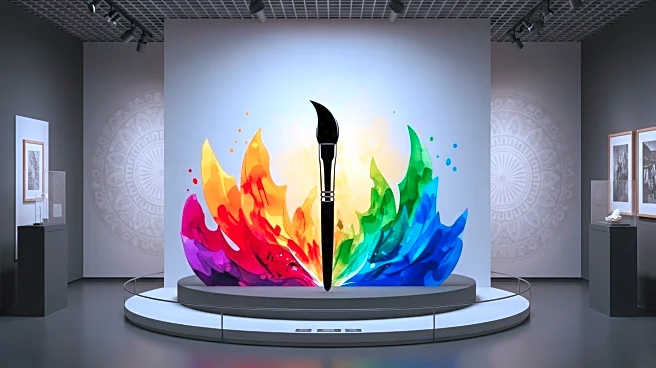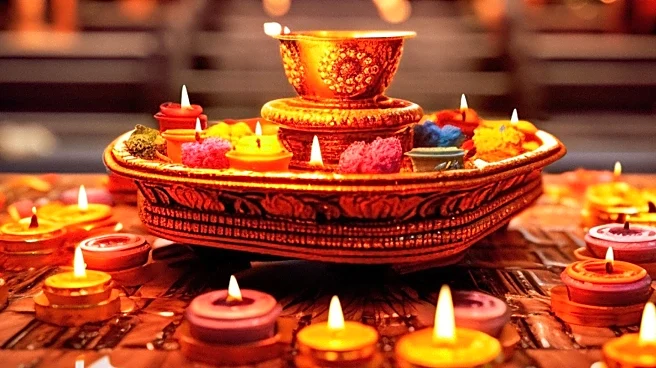The Taj Mahal, an architectural masterpiece, is rich in symbolism that reflects themes of love, power, and paradise. Commissioned by Mughal Emperor Shah Jahan in memory of his wife Mumtaz Mahal, the monument's design and elements convey deep cultural and spiritual meanings.
Emblems and Meanings
The Taj Mahal is often seen as a symbol of eternal love, representing Shah Jahan's devotion to Mumtaz Mahal. The monument's symmetrical design and harmonious proportions symbolize balance and harmony, reflecting the Mughal Empire's ideals of order and stability.
Origins of Symbols
The symbolism of the Taj Mahal is rooted in Islamic and Mughal architectural traditions. The use of white marble and intricate inlay work represents purity and divine beauty, while the Charbagh gardens symbolize the Islamic concept of paradise, with their four rivers and lush vegetation.
Usage in Culture
The Taj Mahal's symbolism has permeated popular culture, appearing in literature, art, and film as a representation of love and beauty. Its iconic design has inspired countless artists and architects, making it a symbol of India's rich cultural heritage and architectural prowess.
Changes and Controversies
Over the years, the symbolism of the Taj Mahal has been subject to interpretation and debate. Some scholars argue that the monument also represents Shah Jahan's power and ambition, as it was built during a time of great prosperity for the Mughal Empire. Despite these controversies, the Taj Mahal remains a universally admired symbol of love and architectural excellence.
 Discover Daily • 8 min read
Discover Daily • 8 min read 










